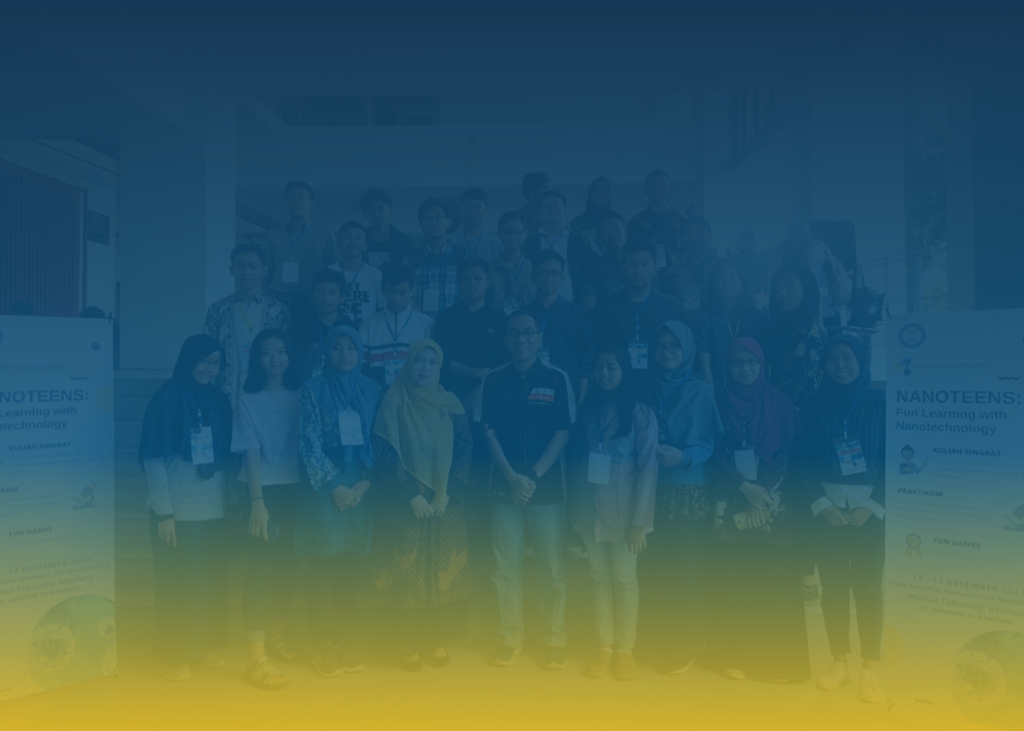The Research Center for Nanoscience and Nanotechnology has published a book entitled Nano for Teens. This Nano for Teens book is here to provide insight into nanotechnology-based science and technology in its application in everyday life. This book was compiled using simple language with the hope that it will become a guide for students, university students, academics in tertiary institutions, as well as the general public who are interested in learning science and technology.
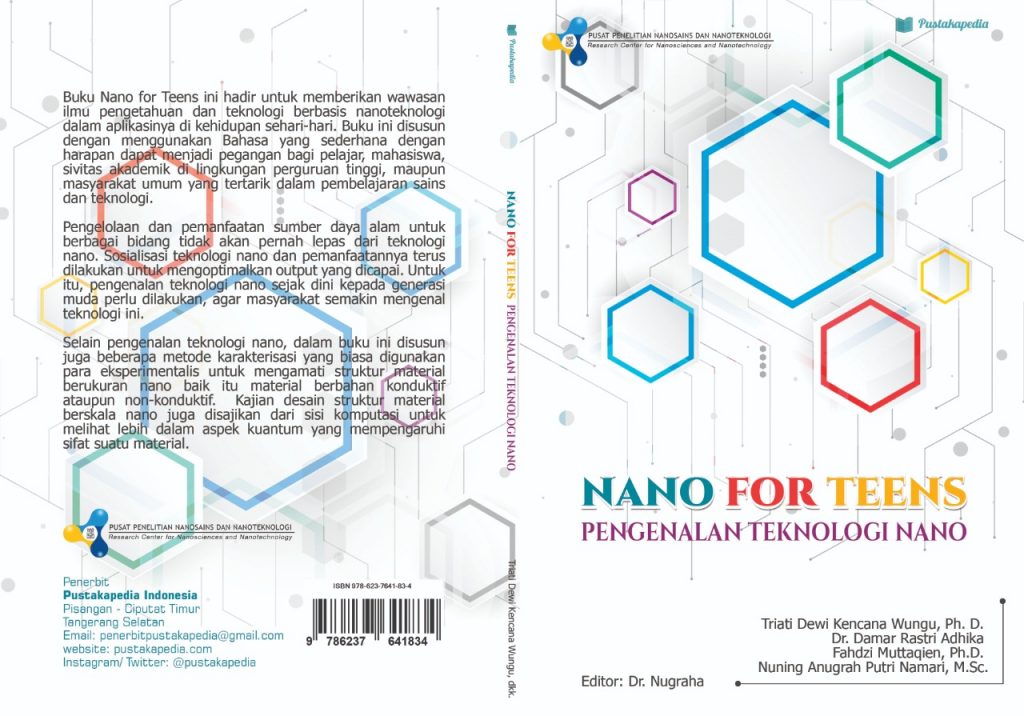
This book was written by Triati Dewi Kencana Wungu, Ph.D., Nuning Anugrah Putri Namari, Dr. Damar Rastri Adhika, S.T., M.Sc., and Fahdzi Muttaqien, Ph.D. The following is a profile of the author of the book.
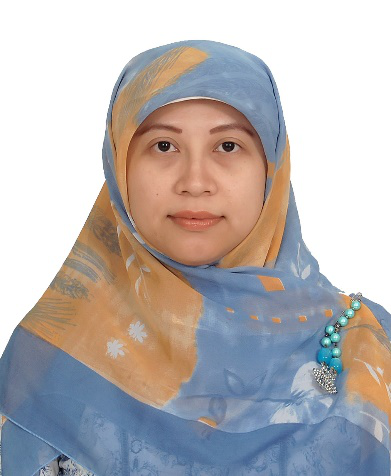
Triati Dewi Kencana Wungu, Ph.D. earned a Bachelor's degree (2005) in the Physics Study Program at the Bandung Institute of Technology (ITB), a Masters in Engineering (2010) in the Physics Engineering Study Program at ITB, and a Doctorate (2012) in the Department of Applied Physics, Osaka University, Japan. Since 2014 he has been a permanent lecturer at the Faculty of Mathematics and Natural Sciences in the Nuclear Physics and Biophysics Research Group. The research area of interest is Density Functional Theory (DFT)-based computing in the study of clay-based materials for applications in various fields such as energy, sensors, and health. Until now (2020) he has published around 23 scientific papers in international journals as well as a number of articles in national and international seminar proceedings. Currently serves as Secretary at the Research Center for Nanoscience and Nanotechnology ITB and teaches daily at the ITB Physics Study Program.
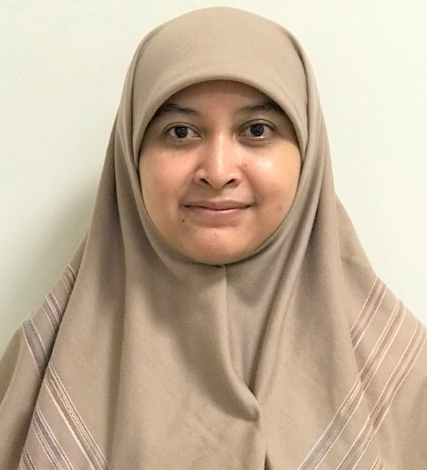
Dr. Damar Rastri Adhika, S.T., M.Sc. is one of the teaching staff in Engineering Physics ITB study program and currently also serves as the Head of the Lab. PPNN Electron Microscope ITB. His educational background is Bachelor of Engineering Physics – ITB (2007); Masters in Biomedical Engineering – University of Applied Sciences Luebeck, Germany (2012); and S3 Material Engineering – Kyushu University, Japan (2015). His areas of interest are material characterization, especially using an electron microscope, as well as surface modification using nano materials. As of October 2020, around 20 international journals have been produced as well as several publications in national and international seminar proceedings.
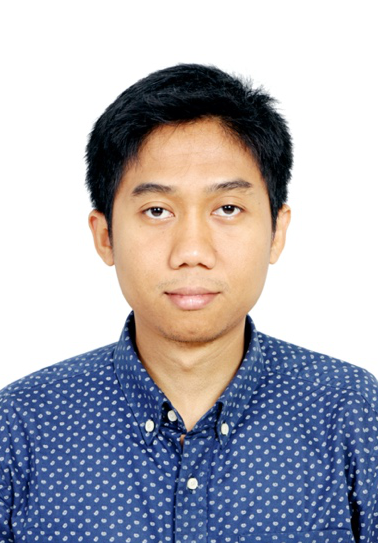
Fahdzi Muttaqien, Ph.D. Hold a Bachelor's degree (2010) in the Bandung Institute of Technology (ITB) Physics Study Program, Master of Science (2012) in ITB Computational Science Study Program, Master of Engineering (2014) in Department of Precision Science and Technology, Osaka University, and Doctorate (2017) in Department of Precision Science and Technology, Osaka University. Since 2019 he has been a lecturer at the Faculty of Mathematics and Natural Sciences ITB in the Instrumentation and Computing scientific group. The research area of interest is Density Functional Theory (DFT)-based computation for the study of gaseous pollutant catalyst materials, sensors, and energy. To date, the author has published around 12 scientific papers in international journals as well as a number of articles in national seminar proceedings. The author serves as research staff at the Research Center for Nanoscience and Nanotechnology ITB and actively teaches at the ITB Physics Study Program and ITB Computational Science Study Program.
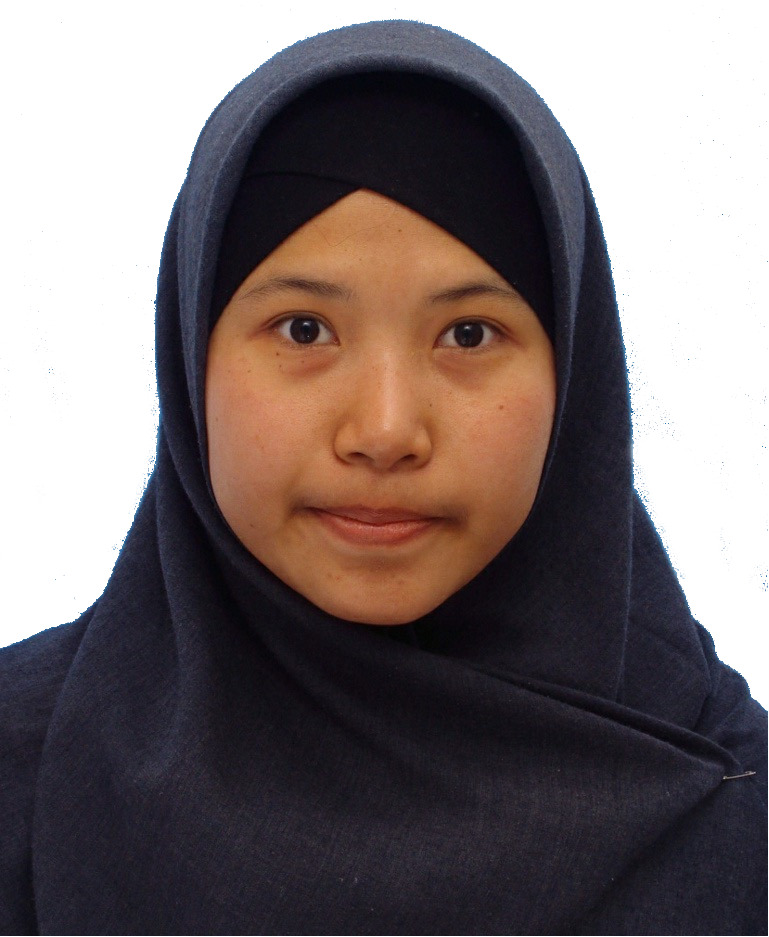
Nuning Anugrah Putri Namari earned a Bachelor's degree (2016) in the Physics Study Program, Bandung Institute of Technology (ITB), and Masters (2018) in Computational Science, Kanazawa University, Japan. Since 2019 he has joined the Research Center for Nanoscience and Nanotechnology (PPNN) at ITB as a research assistant. The field of study of interest is the study of 2D materials. During his studies, the authors focused on Density Functional Theory (DFT)-based computations regarding 2D materials. Until now (2020) 1 international journal has been issued and 3 international seminar proceedings. Since joining PPNN, the author has worked a lot using the Scanning Electron Microscope (SEM) in the Electron Microscope Laboratory.

